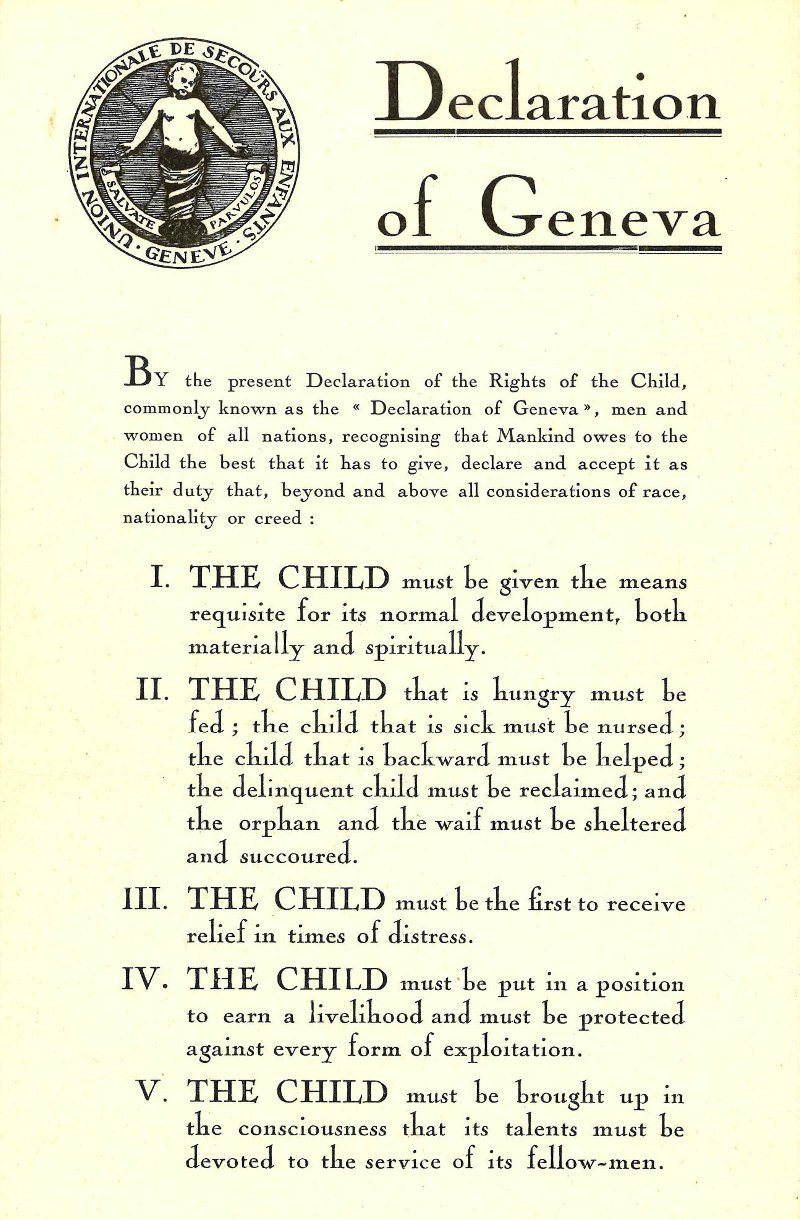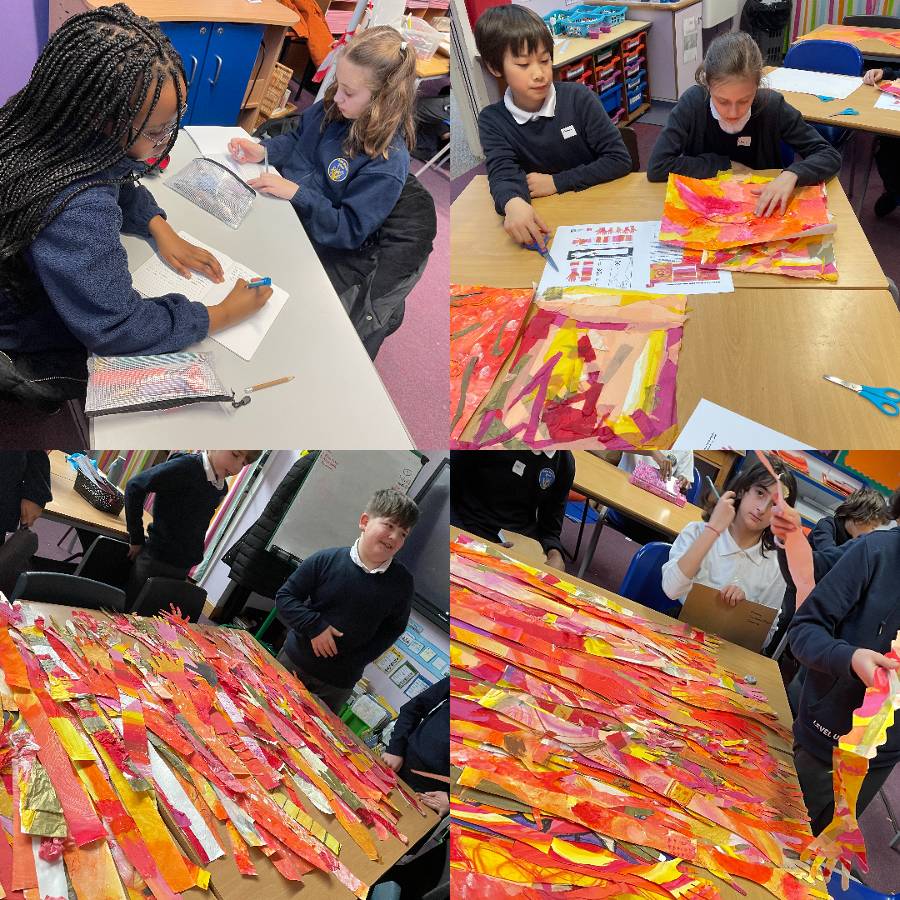Introduction
This LSE Festival project for 2022 pulls together archives and expertise from within LSE to work with a partner school, artist and writer in producing school lessons and creative ideas that value children and their voices.
Sunbeams: Valuing Children and their Voices
The modern history of children and childhood seems to be an optimistic one that starts with protecting children, moving on to agree their intrinsic rights, then allowing children forms of self-determination. Yet, if we consider Eglantyne Jebb’s plea above, are we bringing our children up to be happy?
Some surveys indicate rising levels of unhappiness and anxiety amongst children and young people, with additional mental health pressures caused by the restrictions and lockdowns due to the pandemic.
Get involved at the Sunbeams LSE Festival Event on Saturday 18 June
Create your own bright sunbeams of positivity with artist Becci Kenning, write your own poem of hope with poet Justin Coe and make a part of the glowing Sunbeam installation.
Join our relaxed and inspiring family friendly workshop aiming to send you away with a smile on your face! All welcome – 6 years and up!
Full details and sign up for the Sunbeams LSE Festival event.
Sunbeams: Declaring Children’s Rights, Past and Present
The Sunbeams: Declaring Children’s Rights, Past and Present lessons ask how did the Children’s Charter of 1924 - a message of hope for children - come out of war, disease and famine? What can we learn from this? Can we do something similar after the COVID-19 pandemic? What do children think they and we (as adults, communities, schools, families etc) should do to create a happier future for them?

This series of lessons give a brief history of childhood in the UK, explains the concept of human rights and children’s rights and looks at why the Declaration in 1924 and the Convention in 1989 were made. The last lesson brings Children’s Rights up to date by finding out from Professor Sonia Livingstone about the importance of new articles ratified by the United Nations in 2021 on children’s digital rights. It finishes by covering issues around security and the rights of children to play online.
The project is based on the principles of the Recovery Curriculum, which stresses mental wellness, and is designed to give students their own agency. It aims to help children develop their voice and express themselves through words and art. The lessons are aimed for Upper Key Stage 2 (years 5 & 6) but could be adapted for Key Stage 3 (Years 7 & 8).
Lesson 1 – Protecting Children [PPT]
Lesson 2 – Saving Children [PPT]
Lesson 3 – Declaring Children’s Rights [PPT]
Lesson 4 – Children’s Rights in a Digital World [PPT]
Teacher's Notes for Sunbeams lessons [DOC]
Sunbeams classroom handout [PDF]
Video content
Accompanying the lessons (and one-off use) are a number of videos presented by LSE staff drawing on archives to illustrate aspects of children’s history, the life of Eglantyne Jebb and the international background to the Declaration on Children’s Rights in 1924. In addition, there is a video by Becci Kenning (Art in Transit) taking the viewer through the art activities for making sunbeam arms.
Child Labour and Poverty
Eglantyne Jebb – From Child to Saving Children
Internationalism and Human Rights
Children’s Digital Rights
Sunbeam Arms Art Activity
About the Sunbeams project
Sunbeams is a partnership developed with Frith Manor Primary School in Barnet for their Year 5 children, artist Becci Kenning (Art in Transit) and poet Justin Coe. We’d like to thank the staff of Frith Manor, particularly Wendy Wayland, Emma Jacobs, Rebekah Ellis and Year 5 teachers Diana Engelhardt and Ameeta Majevadia for their enthusiasm and support with this project.
We’d also like to thank Professor Sonia Livingstone for her expertise and the 5Rights Foundation for their generosity in allowing use of their images and resources.
Year 5 students from Frith Manor working in poetry and art workshops

Archives at LSE Library
The industrial revolution was reliant on the labour of children and this, combined with the scrutiny of the poor and their children by social reformers, has meant that the archives of LSE is a rich source of information for the economic history of children.
Sunbeams drew on the Charles Booth Poverty Maps and Notebooks and the Child Labour Committee. Further information on welfare reforms can be found in the archives of former LSE Director and architect of the post-1945 welfare state William Beveridge.
These resources also draw on more recent activism and data around children in poverty in the Child Poverty Action Group archives.
LSE is a depository for the United Nations and documents from the UN Association were used as well as those from the League of Nations Union. Some of the League of Nations Union posters can be viewed online.
The Women’s Library has Eglantyne Jebb’s archives with information on her childhood and work for Fight the Famine Fund and Save the Children.